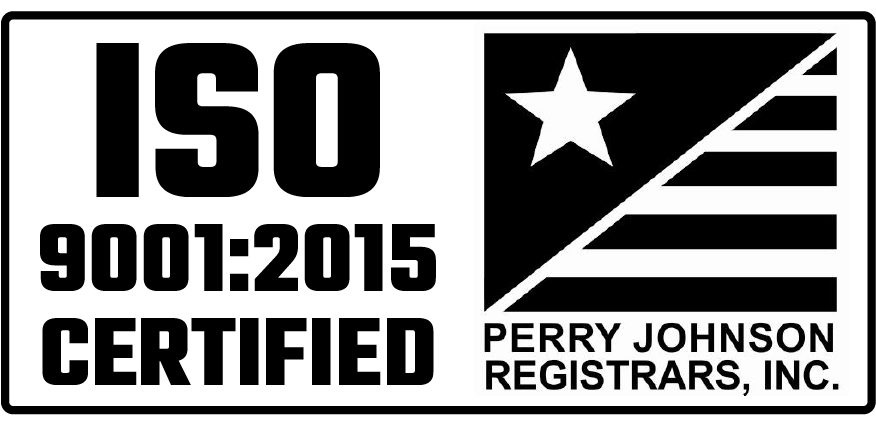For most original equipment manufacturers (OEMs), one of the greatest determinations of whether a product will be successful in the marketplace is how quickly it can get there. The suppliers you rely on can help or hinder your efforts to improve speed to market, and there are many ways to reduce lead times in your supply chain. But minimizing design changes before a product ever hits the production floor is arguably one of the most significant and effective.
Engineers of electrical assemblies need to consider many factors during the design process, including wire length, routing, material choices, bending radius and much more. Something as seemingly minor as an incorrect clip or connector could temporarily derail a project, resulting in costly design changes and precious time lost.
Use these tips and best practices during the design phase to reduce errors and mitigate the risks of lost production time.
Focus on More Than Functionality and Features
During the concepting phase of a new product, the focus tends to be mainly on features, functionality, aesthetics and the costs to produce it. After all, those are the characteristics most consumers are interested in, and are the focus of most marketing efforts. Elements such as wiring aren’t typically a selling point to the end user and, as such, are often an afterthought for designers and engineers.
Be sure to include wiring considerations as part of the concepting phase. This is increasingly critical as devices get smaller, bundles get tighter and features get added. Consider the wiring in a vehicle’s dash, for example. What once used to house electronics that powered basic functions such as speedometers, gauges, steering, a radio, air conditioning and the like, is now filled with navigation units, entertainment systems, cameras, Wi-Fi hotspots, auto-sensors and a host of other futuristic gadgets and features.
Yet, dashboards are not getting any smaller, and assemblies still need to fit. Accommodating the tech demands of consumers means more attention must be given to the electrical considerations of a project as early on as possible. After all, once a concept is sold to the C-suite or other key stakeholders, it’s difficult to go back and tell them it won’t work as planned.
Consider Reverse Engineering
Unless your product is the first of its kind to enter the marketplace, chances are there are others that inspired your idea. This “make a better mousetrap” approach to manufacturing is what drives innovation and is the lifeblood of many organizations.
A common practice worldwide, reverse engineering allows your designers to expose weaknesses and build upon the positive attributes of a similar product to maximize its functionality, appearance and other capabilities. Piece by piece, the similar finished product is disassembled to fully understand how it works or expose points of failure, followed by strategic engineering that employs different mechanisms to avoid any patent infringement. Rather than starting from scratch, reverse engineering can save significant time during the design phase and help avert any delays in production, since many of the elements have already been proven to work.
Don’t Reinvent the Wheel
There’s a sense of pride and ownership in saying you designed an electrical assembly from the ground up. However, an even greater sense of accomplishment and recognition can be achieved when a product beats a competitor’s to market as a result of your ingenuity and resourcefulness.
Before an engineer picks up the pen — or the mouse, in most cases — his or her time may be better spent exploring if there are commercial off-the-shelf (COTS) parts that can offer the same functionality. If you’re uncertain about what COTS parts may be suitable, work with your supplier to identify when and if they can be used for your application.
Collaborate with Experts
Sure, your engineers are the best in the industry — your industry. But are they the best in the highly specialized electrical and mechanical assembly industry? Engineers at niche supply chain facilities usually do one thing, and they do it very well. They’ll have insights into the latest regulations and compliance considerations; they’ll stay on top of continuing education and certifications; and they’ll invest in the latest technology and equipment so you won’t have to.
Leverage their vast cache of knowledge, expertise and resources early on in the design phase to help you avoid pitfalls and identify factors that can lead to failure and slow production. They can assist with the design of the product, make recommendations, develop prototypes and perform testing to reveal improvement opportunities.
MCL has partnered in such a way with countless customers throughout its history and their engineers have the experience and know-how to perfect your design and improve production lead times. No matter where you are in the design process, we’ll offer a free design analysis. See what’s involved by simply contacting us through the link below.





